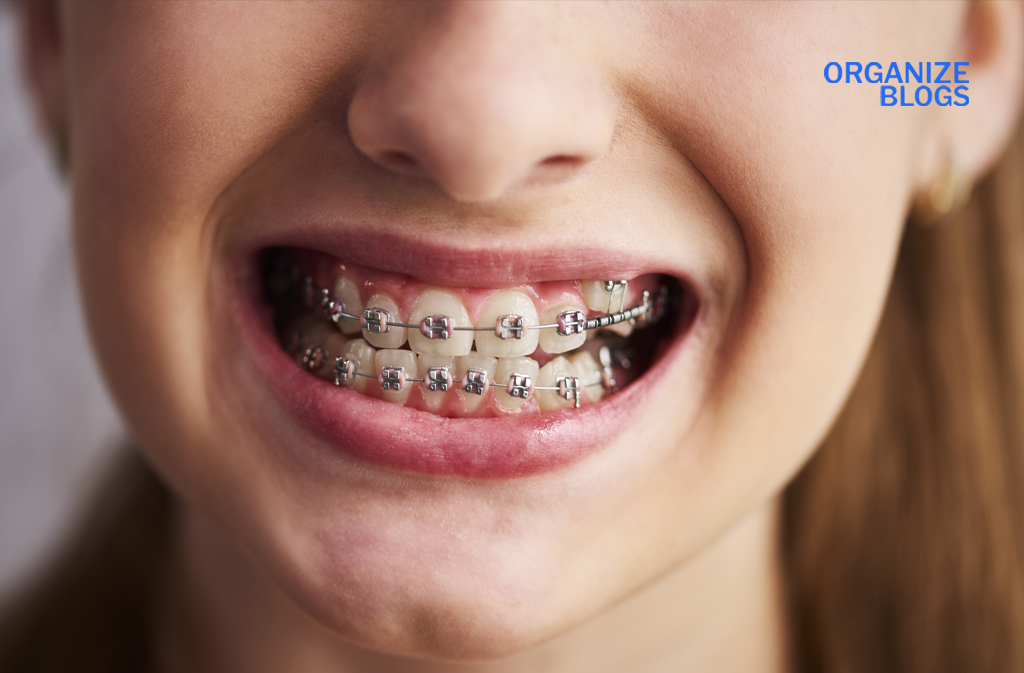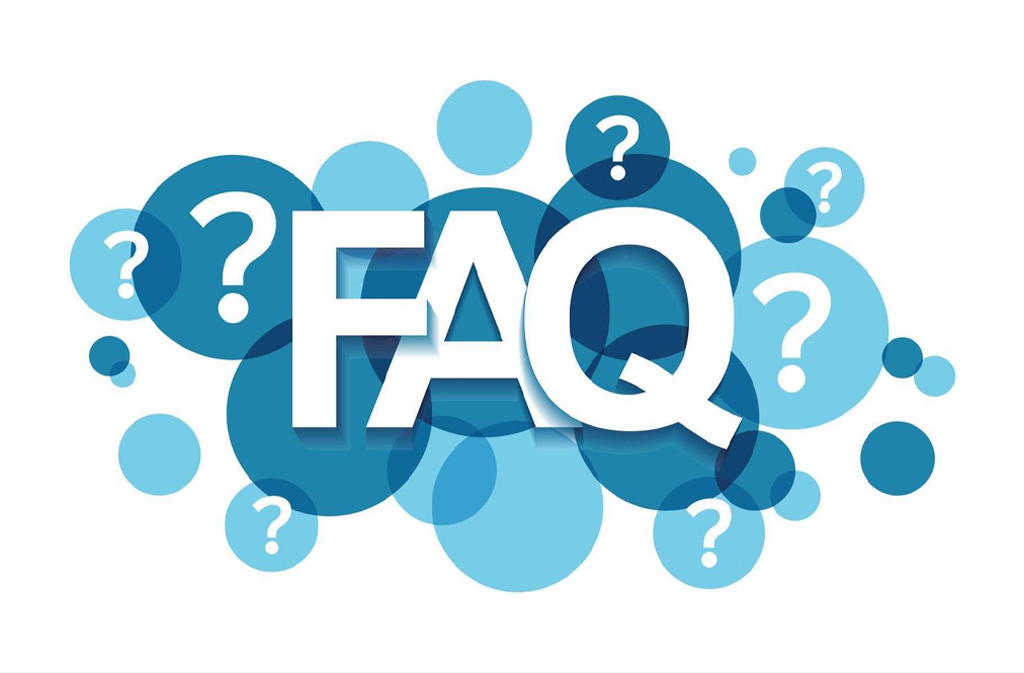If you have ever asked yourself how much are braces, you are not alone. Many people want a healthy smile but feel unsure about the costs. Braces can fix misaligned teeth, improve oral hygiene, and prevent gum disease. Yet, the price depends on many factors, including the type of braces, treatment duration, and whether you have dental insurance plans that cover the cost of orthodontic treatment.
In this complete guide, we will explore the different types of braces, the total cost, flexible payment options, and how insurance can help. By the end, you will have a clear understanding of how much are braces and the best way to plan for your treatment.
Table of Contents
Understanding How Much Are Braces and Why Costs Vary
One of the main reasons prices differ is because the total cost depends on the type of braces you choose. Traditional metal braces are usually more affordable, while lingual braces, which sit behind the teeth, can be more expensive. Clear aligners, another treatment option, often fall somewhere in between.
When asking how much are braces, it is also important to consider treatment duration. Some people may need braces for only a year, while others might require two or more years. The longer the treatment planning, the higher the cost will be. Additionally, factors like your location, orthodontist’s experience, and the complexity of your case all play a role in pricing.
Different Types of Braces and How They Affect the Cost
Knowing the different types of braces can help you better understand how much are braces in your situation. Traditional metal braces are the most common and generally the most budget-friendly. They use metal brackets and wires to slowly move teeth into place.
Lingual braces, on the other hand, are placed on the inside of your teeth, making them invisible from the outside. Because they are harder to install and adjust, they often cost more. Clear aligners like Invisalign are also popular for their discreet look, but the price can vary depending on the brand and number of aligners needed.
How Much Are Braces With Insurance?
Many dental insurance plans offer orthodontic coverage, but the amount they cover varies. Some plans might cover the cost of orthodontic treatment if it is deemed medically necessary, such as correcting severe misaligned teeth. Others may offer partial coverage, helping to lower your out-of-pocket expenses.
When considering how much are braces with insurance, remember to check for a lifetime maximum. This is the total amount your insurance will pay for orthodontics in your lifetime. It’s also wise to ask your provider if they cover all types of braces or only certain ones.
Flexible Payment Options to Cover the Cost
If your insurance does not fully cover the treatment, don’t worry—many orthodontists offer flexible payment plans. This means you can spread out the total cost over months or even years, making it easier to manage.
When researching how much are braces, you should also look into Flexible Spending Accounts (FSA) or Health Savings Accounts (HSA). These accounts allow you to use pre-tax money for medical expenses, including orthodontic coverage, helping you save even more.

How Much Are Braces Without Insurance?
Without insurance, the price of braces can be higher, but there are still ways to make it affordable. The cost for traditional metal braces might range between $3,000 and $7,000, while lingual braces could be $8,000 to $10,000 or more.
When asking how much are braces without insurance, it’s essential to compare orthodontists, ask about discounts, and see if they offer in-house financing. Some clinics even provide seasonal promotions or reduced fees for full upfront payments.
Treatment Planning and Duration Impact on Cost
Treatment duration plays a big role in how much are braces. If your teeth need only minor adjustments, the cost will be lower. However, cases that require longer treatment planning, more frequent visits, or special appliances will naturally cost more.
It’s also worth noting that maintaining good oral hygiene during treatment can prevent delays. Poor care can lead to gum disease or tooth decay, which might extend your treatment and increase costs.
Extra Costs You Should Know About
While asking how much are braces, don’t forget to include extra costs. These can include X-rays, retainers after treatment, and follow-up visits. Some orthodontists include these in the total cost, while others bill them separately.
Also, be aware of potential costs if you damage your braces. Broken brackets or lost aligners may require replacement, which adds to the overall cost. Understanding these details upfront will help you budget better.
How to Save Money on Braces
If you are wondering how much are braces but want to spend less, there are a few smart strategies. First, shop around—get quotes from at least two orthodontists. Second, ask if they offer student or family discounts.
You can also save by using FSAs or HSAs, applying for dental school clinics where supervised students provide care at reduced rates, or joining discount dental plans. Each of these options can help you lower your total cost without sacrificing quality.
Final Thoughts on How Much Are Braces
Understanding how much are braces is the first step toward achieving a healthy smile. The cost will depend on the type of braces, treatment duration, and whether you have dental insurance plans that help cover the cost of orthodontic treatment.
With flexible payment options, careful treatment planning, and good oral hygiene, you can make braces more affordable. While it is an investment, the benefits of straight teeth, improved confidence, and better oral health are worth it.

FAQs
1. How much are braces on average?
On average, traditional metal braces can cost between $3,000 and $7,000. Clear aligners might range from $3,500 to $8,000, while lingual braces can be $8,000 to $10,000 or more. The total cost depends on the type of braces and treatment duration.
2. How much are braces with dental insurance?
If you have dental insurance plans with orthodontic coverage, your provider may cover part of the cost. Some plans pay a percentage, while others have a set lifetime maximum. It’s important to check if your insurance covers all types of braces or only certain ones.
3. How much are braces without insurance?
Without insurance, the cost will be higher, but many orthodontists offer flexible payment plans. FSAs and HSAs can also help cover the cost of orthodontic treatment using pre-tax money.
4. Do braces cost more for adults?
Yes, sometimes adult treatment can be more expensive because teeth are harder to move and treatment duration may be longer. However, the difference is not always large, depending on the type of braces you choose.
5. What factors affect how much are braces?
The main factors include the type of braces, treatment duration, orthodontist’s experience, and location. Extra services, like retainers or follow-up visits, can also affect the total cost.
Visit our website: Organize Blogs

